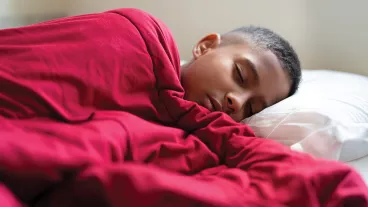Tweens and teens: What do they worry about?
December 2019
Suzanne Vassallo, Neha Swami
Growing Up in Australia: The Longitudinal Study of Australian Children
Download Commissioned report
When the LSAC study children were aged 10–11 and 12–13, they were asked how worried they were about a range of issues relating to themselves, school, their families, and global issues. This chapter uses that data to examine the issues that concern Australian children and whether these worries change as young people move from being ‘tweens’ to teens. Comparisons are made between girls and boys, children from different family and cultural backgrounds and those living in country and city areas. This information may be helpful for parents and educators to support children and teens as they move through adolescence.
Key messages
-
Tweens and teens worried most about issues affecting their families.
-
Two in three 10–11 year olds were worried about a family member becoming seriously ill or injured and over half were worried about fighting in their family.
-
Just over two in five 10–11 and 12–13 year olds were worried about terrorism or war, and around a third were worried about the environment.
-
Family-related issues were particularly concerning for children from less advantaged and culturally and linguistically diverse (CALD) backgrounds.
-
Children from CALD backgrounds were more likely to be concerned about global issues, and alcohol and drug use.
-
Anxiety about changing schools was higher among 10–11 year olds, while 12–13 year olds were more likely to worry about not doing well at school.
-
Girls worried more when it came to their appearance and fitting in with friends.
© GettyImages/Courtney-Hale
Media releases
Related publications

Adolescents’ resilience
This chapter provides a snapshot of self-reported resilience among Australian 16–17 year olds.
Read more
Are children and adolescents getting enough sleep?
This chapter provides a picture of the sleep patterns of children and adolescents between the ages of 6 and 17 years…
Read more